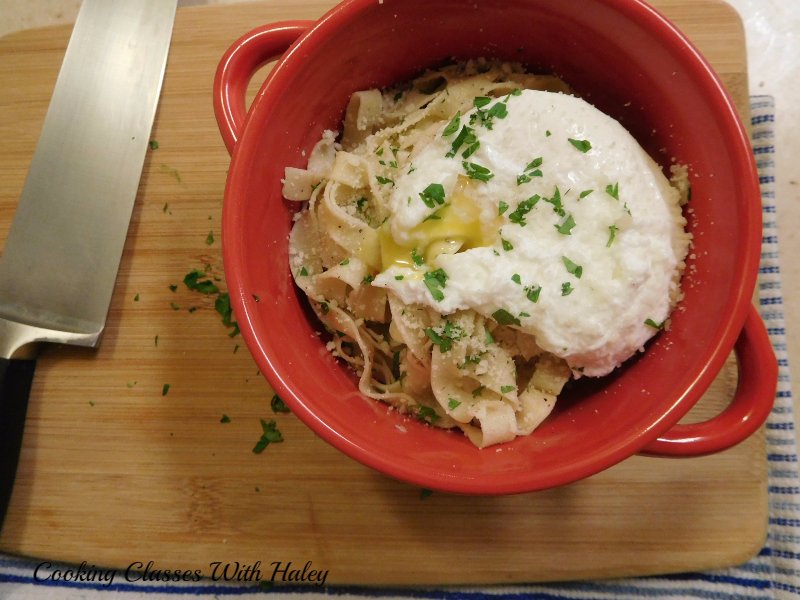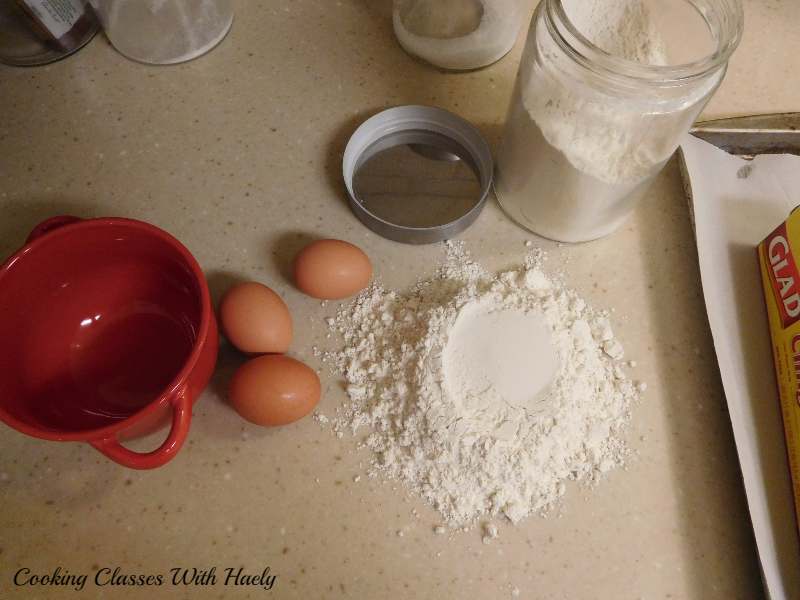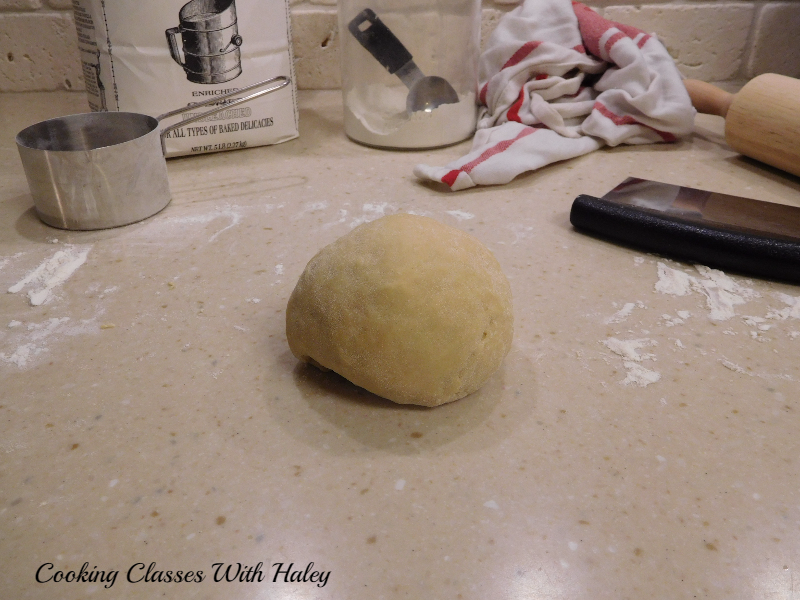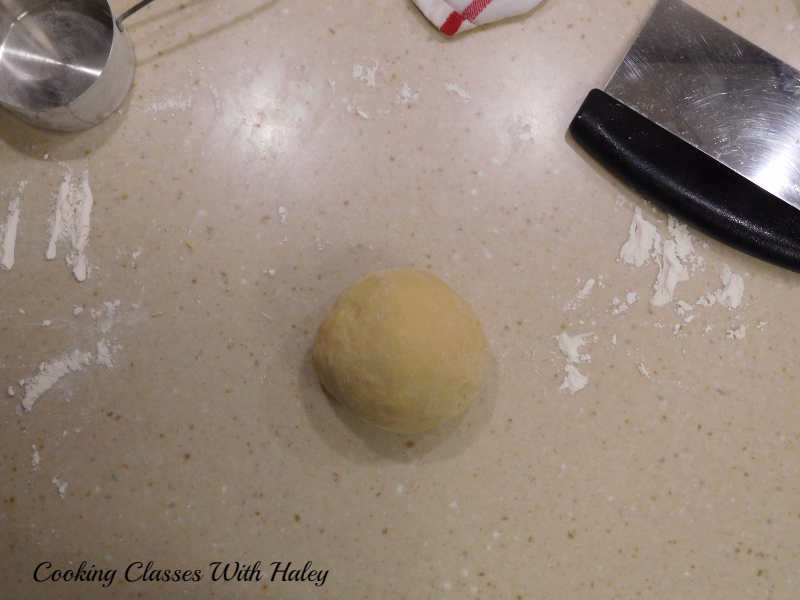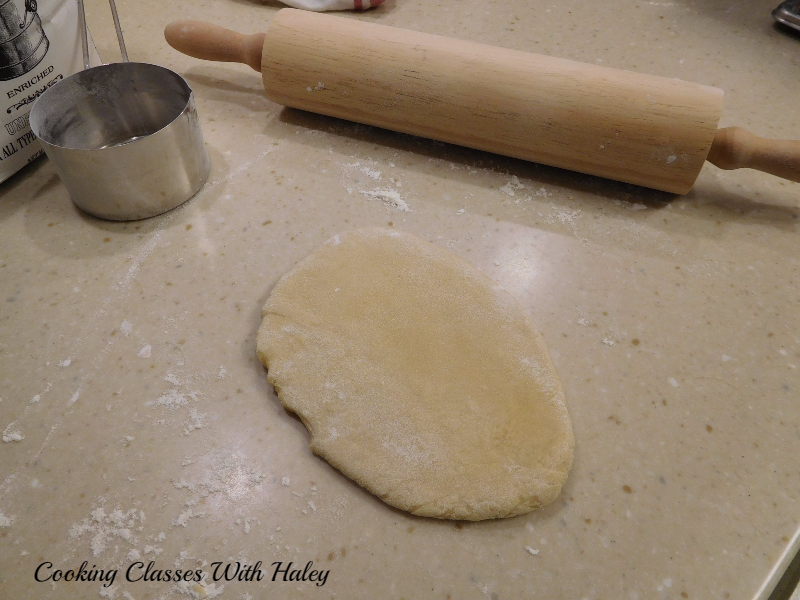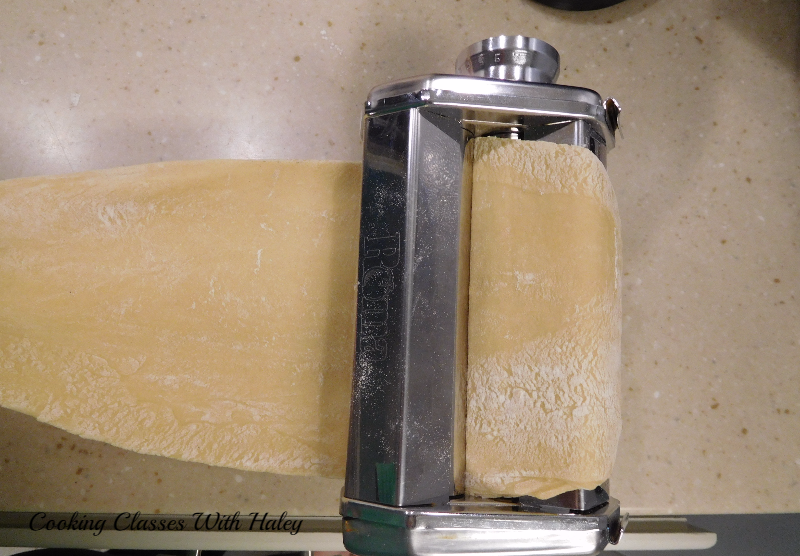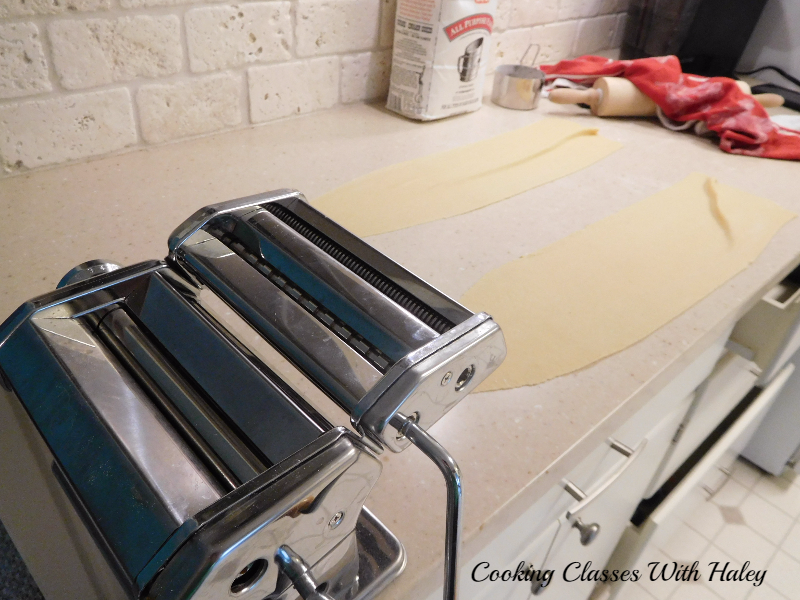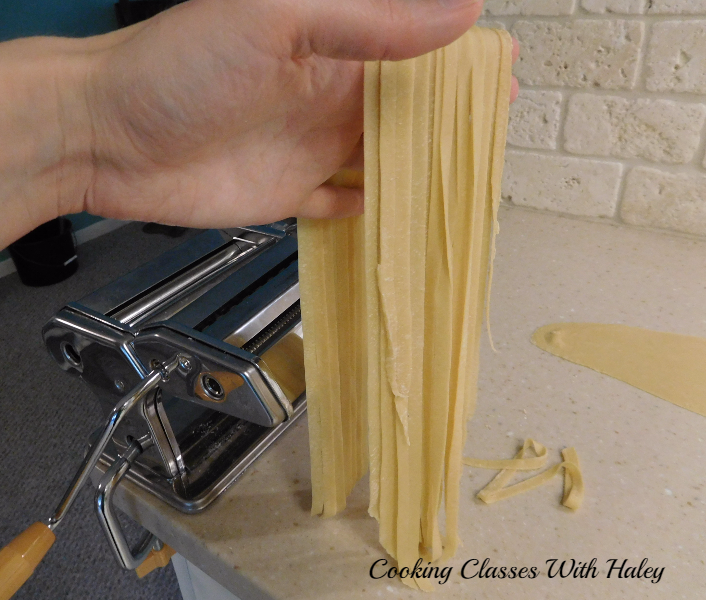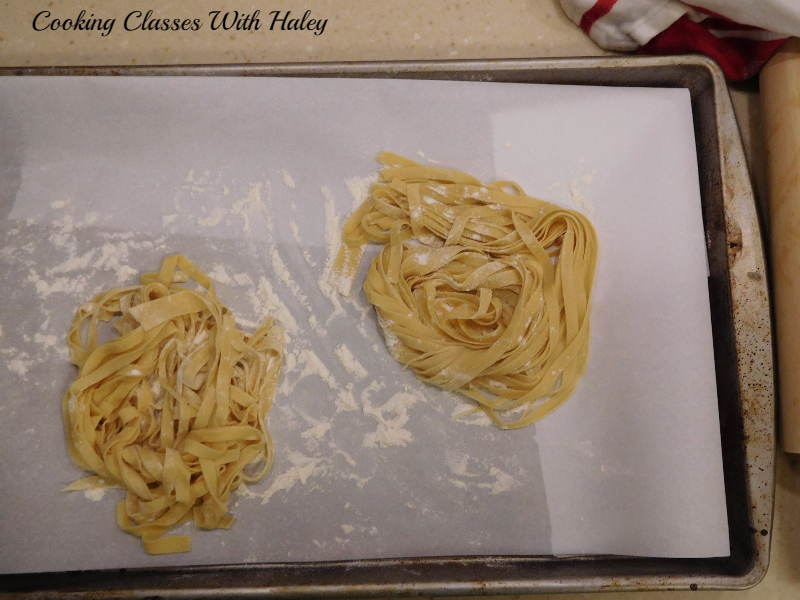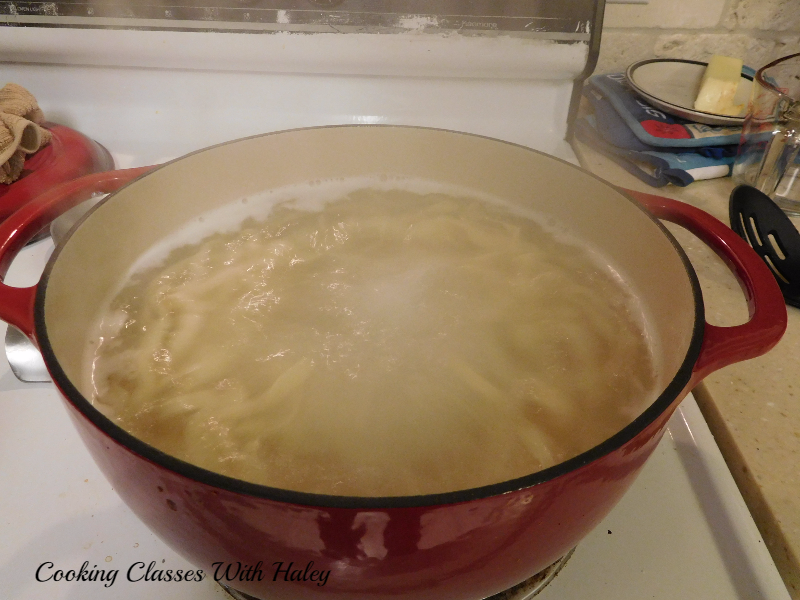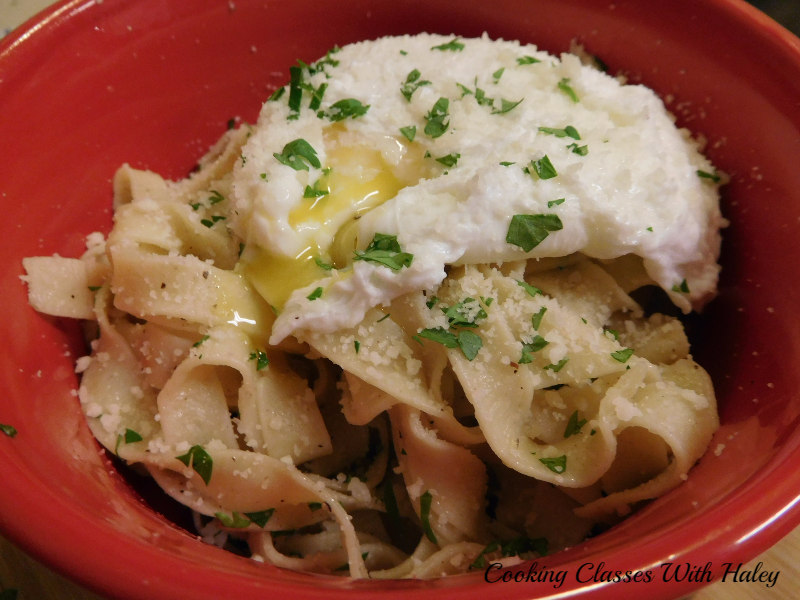order no online rx Quetiapine Yesterday, I met a fellow Austin food writer at church. While I dabble in writing by basically subjecting you all to my inner thoughts and emotions, she’s a real freelance food writer, y’all. Meaning she pitches story ideas to various media outlets around town and has editors backing her up.
buy Lyrica medication We got to talking about why we cook rather than just dine out all of the time. Naturally, this topic of conversation struck a chord with me and I’ve been thinking about it for 24 hours now. I thought, perhaps I should write this down to share with my fellow cooks (and so my mind stops racing).
Pursuit of Life Through Food
I’m currently reading a whopping 900 page book called On Food and Cooking – The Science and Lore of the Kitchen by Harold McGee (2004). It’s like a food science encyclopedia. I can hear your jaw hitting the flour and your shocked question, “Haley, why on Earth would you read an encyclopedia about food science when you can find just about everything on the interwebs?”
Now, look, I appreciate your concern for my poor little eyes, obviously strained from all that reading. I assure you I have a great relationship with my optometrist and a good pair of reading glasses. I’ll be fine.
I am reading this book for two reasons. First, because I love to read (a lot). Finding new information through reading is how I learn. I know this about myself. I read something new, then I go and apply it to life in some applicable way.
A lot of us, Executive Chefs included, have learned recipes and techniques from those who cooked before us. We watched our little Italian grandmothers add whole basil leaves to a pot of pasta sauce (which mine called “suga”) then remove them after cooking on low for an hour, or our moms knead bread dough for 30 minutes and let it rise for two-plus hours then form it into delicious little puffs of heavenly goodness, or we watched our chef instructors masterfully whip egg whites by hand to make meringue. But do we ever really learn why we are taught to do all of those things or do we just accept the fact that we do it because it’s always been done that way and that way was previously determined to be the best way?
I don’t know about all of you, but the phrase “Because I said so,” has never really sat well with me. So I read to try to understand why we do the things we do in the kitchen.
For example, having a better understanding of all aspects of a particular food helps me determine how to best showcase that particular ingredient. For example, not only do I want to know Escoffier’s 300 egg dishes (eventually), but allso the history of the domestication of the chicken, why it’s thought that chickens were domesticated in the first place, the particular breads of chickens that have been found to be the best layers and the best meat chickens, and the chemical make up of the each part of the egg to grasp how and why we’ve gotten where we are.
By the way, it’s believed that chickens were first domesticated in Southeast Asia for their incredible ability to lay approximately 1 egg (a food that contains all of the nutrients necessary to sustain the life of a chick for 21 days) per day for a whole year. The White Foghorn was found to be a superb egg laying bread, the Cornish a meat bread and the Rhode Island Red, good for both meat and eggs, a dual purpose bread. (McGee, 70-72)And if you’re interested in the chemical make up of each part of the egg, I suggest you buy a copy of On Food and Cooking or just keep reading my blog as I’m sure I’ll dole out bits of this type of information as I’m cooking and writing.
The second reason I’m reading this book is because I began to find that my questions about why foods behave the way that they do under different circumstances, and with different techniques and applications were not so easy to find the answers to even from the most in-depth of Google searches.
I find that the quality of information on the internet merely scratches the surface. At this point, I need more than just a recipe. The recipes are now in my head and I can pretty aptly whip up a delicious concoction on my own accord. However, when I want to know why those flavors work together or why meat reacts to a hot skillet the way it does or why kneading makes bread dough elastic (etc. etc) I consistently find myself yearning for more information.
On Taste and Flavor
“Flavors are something like chemical chords, composite sensations built up from notes provided by different molecules, some of which are found in many foods.” – Harold McGee, On Food and Cooking.
When I read this quote from Harold, I immediately understood him and thought, “Get out of my head, McGee!” I had previously had a this thought when practicing for singing with my church musical ensemble, The Bethel Family Singers. Our music director, Mark, was helping us to learn a new harmony to a melody that, as far as I could tell, he was making up on the fly.This is what a cook with a palette trained to taste each flavor, distinctively, in a dish works to accomplish when writing a new recipe.
Some people can’t hear harmonies distinctly, or if they can, they believe they couldn’t possibly sing them. I believe this is really just a fear of failure that could be overcome with practice and confidence in yourself and your abilities.
It’s the same concept with taste and flavors. You have to practice to, you have to practice A LOT, to be an expert. Seriously, guys, you’ve heard of Malcolm Gladwell’s rule that it takes 10,000 hours to become world class, right?
So in the beginning when you’re learning to cook you start with salt. You taste your food, as your cooking it, to determine if it needs more salt. You’re not tasting for saltiness, but rather whether or not the flavor of the food is enhanced enough to shine through on your pallet. Salt makes food taste more like itself. Salt, when used appropriately, doesn’t make food salty.
Once you have a good handle on whether the food tastes enough like itself, then you start thinking about what other flavors your’re going to add to the mix. This is a beautiful thing. When I’m cooking, I choose what kind of story I want to tell through the flavors that I add. I choose where in the world I want to take the eater. I get to be like a conductor, helping a symphony of flavors, aromas and visual wonders materialize into a balanced composition that nourishes the body and soul, entertains the senses, and amuses the mind of the recipient.
What an amazing concept? Not only do I feel proud of the work and love I put into this piece of art (no matter how imperfect), but also I get to see the look of gratitude on the person’s face who gets fed. It’s truly a gift.
Teaching Littles
Becoming a mom changed my perspective on food and cooking entirely. The obvious reason is I now have this little person following me around for whose nutritional success I am responsible. This drama triangle between me, cooking, and my kid has become more complex since he’s gotten big enough and very interested in helping prepare meals.
As a parent, I’ve realized that not only does he follow me around, but he also watches me. I’m his model for how to be a human. This applies to all aspects of life, including the food I eat, the food I cook, my relationship to the food I eat, and my relationship to the act of cooking and “responsibility” to cook (and really I could go on and on with more food related emotional psycho-babble. I’ve thought about it a lot).
We started by introducing toy pots and pans when he was around 2 years or so. He would pretend to flip puzzle pieces in his pan like he saw me doing when I sauted food in my pans. Starting around 3 1/2 years, he began to be very eager to actually participate in cooking real food the kitchen.
At first, I was too afraid to really let him do anything. I was afraid that he would get hurt or that he would not do it right and everything would be ruined *over-dramatically throws hands in the air* . I resisted my fears and let him join in with making pancakes from scratch on Saturday mornings.
I realized the benefits and life lessons he’s learning. Aside from the obvious technical skills and understanding, he’s learning that it doesn’t have to be perfect because I love him no matter what the outcome looks like. He’s learning to practice. He’s learning to be a part of something and to help others and to serve others. He’s learning empowerment to take care of himself and feed himself when he becomes an adult. He’s learning a sense of healthy pride in his work. He’s learning an appreciation for where the food we eat comes from. Honestly, I could go on all day.
If I do nothing else for this little guy, I hope I can teach him that cooking can be fun, experimental, creative, and emotionally fulfilling.
Why I Cook
At the end of the day, I cook because it makes me happy. It makes me whole and healthy. I am just as spiritually full and emotionally content cooking when I’m the only one in the house as I am cooking Thanksgiving dinner for eight (and I don’t mean to alarm you but TG is coming up soon)! The scavenger hunt for knowledge, the creative outlet, the opportunity to serve others. These are the reasons I do what I do.
I’m going to leave you with a basic homemade pasta recipe. I encourage you to test this recipe out, try the techniques mentioned, figure out how to use a pasta machine, experiment with the ratio and flavors, and adjust the recipe to your liking because it’s what we do.
Homemade Pasta
Serves: 3-4
Prep time: 1.5-2 hours
Cook time: 60 seconds
My ratio: 3 yolks : 2 whites : 1 C flour
- 2 Whole eggs
- 1 Egg yolk
- 1 C + 3 Tbs all purpose flour, divided
- 1 tsp + 2 Tbs Kosher salt, divided
- Combine the AP flour, eggs, yolk, and 1 tsp. salt in the bowl of a stand mixer with dough hook attachment in place. turn your mixer on to low and knead dough with hook for about 8 minutes in two minute intervals, checking each time that all flour incorporates with dough and that dough is becoming elasic and smooth rather than goopy and sticky. Do not over knead!
- Alternatively, make a mountain of AP flour on a clean counter with a well in the center. Combine the eggs, yolk and salt in the well, whisk lightly and fold into the dough using a bench scraper and then your hands. If you are kneading by hand, knead for about 20 minutes. There is very little risk over over kneading by hand.
- Allow kneaded dough to rest for about 20 minutes, covered with a damp cloth. Cut into two equal portions with bench scraper then role out into about a 1/4 inch thick, long rectangle using rolling pin.
- Role through the roller of your pasta machine starting with the largest roller first. Role dough through the 2 largest roller settings 3 times for each setting, then role dough through the subsequent settings 2 times each. Role dough through the rollers down to the 3rd smallest setting. Cut the sheet down to 2 12-14 inch long sheets.
- Cut your dough using the cutter attachment or a fluted pastry wheel. Set your cut dough aside in little nests lightly sprinkled with flour and covered with parchment while you role and cut the other section.
- Bring a very large pot of water to a rolling boil, season with 2 tbs (at least) of Kosher salt. The water should be salty like the sea. Cook fresh pasta very quickly, just until it begins to float (I’m talking like 60 seconds).
- remove and serve drizzled with a little olive oil, fresh minced parsley, fresh cracked black pepper, grated Parmesan cheese, and an optional poached egg.
